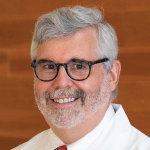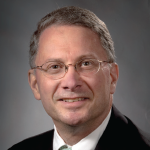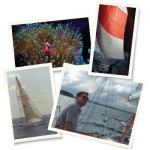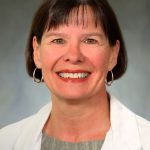
Dr. Jonathan Kay
In a chapter on the annual meeting published in a book published in conjunction with the 75th anniversary of the ACR, Jonathan Kay, MD, professor of medicine and population and quantitative health sciences and Timothy S. and Elaine L. Peterson Chair in Rheumatology at the University of Massachusetts Chan Medical School in Worcester, Mass., recounts the early years of the meeting and its evolution over time.1
The strong international presence underscores the importance of the meeting as arguably the premier meeting in rheumatology across the globe.
One striking change in the meeting is the steady increase in the number of attendees. In 1934, its inaugural year, the meeting had 75 attendees, as mentioned above. The numbers ticked up to 152 attendees in 1935, 260 in 1942, 1,325 in 1959, 1,644 in 1987 and so on, vaulting into the many thousands years later.
To give readers a sense of just how small the meeting was into the mid-1980s, Dr. Kay recalls attending his first meeting as a fellow in 1986. It was held in the ballroom of the Sheraton Hotel, Washington, D.C. The number of poster presentations was low enough that they could all be displayed in a hotel ballroom. Dr. Kay remembers feeling awed by the luminaries standing on the red carpet looking at the poster boards.
A year later, as a poster presenter himself, Dr. Kay recalls well that a giant within the field of rheumatology, Morris Ziff, MD, PhD, then chief of rheumatology at the University of Texas Southwestern Medical Center, Dallas, stopped by each poster to show his interest and offer brief comments to each presenter.

Dr. Furie
Such focused attention to all poster presentations today is nearly impossible given the huge expansion of posters presented. The posters have been moved from a hotel ballroom to a spacious convention center exhibit hall, competing for attention with industry vendors in the same size space.
Planning for the annual meeting begins almost immediately after the end of the prior’s year meeting, with a call for proposals occurring in October or November and planning in earnest beginning in January. Dr. Kay captures the feeling of a 1990’s-era planning meeting:
The meeting was held in a windowless room in an airport hotel in Atlanta. Committee members arrived on Friday evening and immediately set to work reviewing all the sessions proposed by members. Deliberations continued late into Friday night and resumed on Saturday morning, continuing throughout the day. Meals were served in an adjacent windowless hotel meeting room. On Sunday morning, miraculously, a meeting program was shaped and finalized by the collected committee members. When next seeing sunlight on Sunday afternoon, I felt like Florestan in Beethoven’s Fidelio emerging from darkness into the light of freedom. The tremendous accomplishment of the committee members evoked the celebratory music, in a major key, that accompanies Florestan’s return to the light of the world.1
Evoking the emotional heights of Beethoven’s sole operatic work to describe long hours of program planning suggests the humor needed to coax into reality a program that, until the early 2000s, was still created by sheer manual labor, unaided by computers.
When Dr. Kay served as the AMPC chair from 2001 to 2004, he made some changes to the committee to make the generation of a meeting program more efficient. Instead of all committee members meeting together as had been done, he appointed co-chairs to oversee selection of sessions representing two primary tracks at that time—clinical and basic science. Once each subcommittee selected their sessions, the entire planning committee would meet and engage in “a bit of horse trading” to determine what to include in the meeting.

